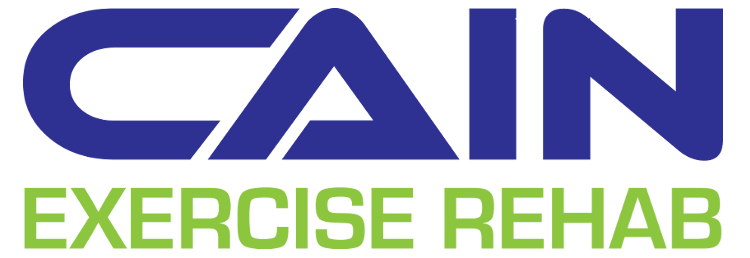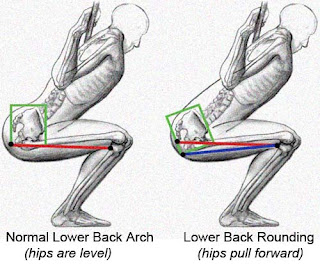By now, however, we all probably know that the ever-popular New Year's resolution is mostly fallacy. It's no surprise that a quarter of individuals don't even make it past their first week of working on their goals.
With that being said, January is still a fantastic time to kickstart new programs and lifestyle changes. Sure, most people don't follow through their goals by the time the year is over, but that still leaves adherence rates up compared the other eleven months.
So what can be done to keep to those goals? Here's a few tips..
1) Micro-Goals over the Big Resolution
The main issue you've all probably heard discussed before is the lack of realism or attainability that comes with creating that one huge, daunting resolution. You want to run a marathon? Lose all that weight? Do a bodybuilding competition? Well, great, but what about all the stuff between here and there?Health and fitness professionals are taught a lot about the importance of creating short-term goals, but it's a facet that's still often overlooked. However, those micro-goals are really the only good way to maintain your motivation and create attainable stepping stones when it comes to the big end-result. So this year, sure, pick a resolution, but have weekly goals in the meantime to help you on the way there.
2) Chip Away Slowly
You used to deadlift three plates per side every day, so let's start with that after a year off from the gym. You want to eat healthier, so how about we flip that diet plan of your's completely upside-down? New to exercise? Time to start hitting the gym six times per week!You know where we're going here. The best case scenario here is that you simply won't be able to maintain the volume of change (or weight) you've placed upon yourself in such a quick period. The worst case scenario is you throw out your back deadlifting or send your body into some sort of metabolic dysfunction by screwing with your food intake.
Make those changes slowly and gradually. Start small, build upon it, and modify as you go to suit your needs, not the internet's.
3) Address Your Deficits Before Removing The Vices
John Berardi posted a great article about fixing broken diet plans, and the first step in creating a healthy food program for his clients is to address nutritional deficiencies before removing unhealthy items. Doing so will help them maintain their energy, keep their hormones in check, and help with appetite.I'm willing to expand this with other health habits as well. It makes much more sense for your psychology and motivation to add to your lifestyle early on rather than take away. In the grand scheme, it may be easier to hit the gym twice per week for a while before quitting smoking cold turkey. Add more vegetables to your diet before taking away cheesecake. Start biking to work before giving up alcohol.
It makes perfect sense once you think about it. Changes to lifestyle and habit should be positive. By adding good habits to the mix as a first step, even though it's work to do so, it creates more of a positive feeling than cutting things out will. And remembering our first-year psychology class (you know, the one that made you understand the world and everything in it), positive feedback produces the best outcomes.
4) Focus On Feeling Good
Lastly, I like to tell clients, whether through the gym or the ones seeing me for Athletic Therapy, to focus on how their body feels. Most people who are going into healthy resolutions have an image in mind; one of a slim body or big muscles. However, let's be frank. Those results are a long time coming, and the fact that they are can be demoralizing. Even when it comes to more attainable milestones, such as weight or circumference, you'll still typically see plateau's and results that are inconsistent with your true progress.I'm not saying that you shouldn't track these results, though, but I like to ask clients if they can feel progress first and foremost. What's more, that's the question which is likely to produce the most immediate and consistent results. Is your energy up? Has your mood improved? Is your body in less pain? Do you feel stronger? When it comes down to it, those more-subjective ways of tracking progress are better indicators of your overall health than the mirror, scale, or measuring tape.
In the end, the whole New Year's resolutions deal will continue to forever be a crap-shoot. Many will make their goals, many more won't. Just remember to set yourself some realistic milestones, plenty of short-term goals, ease into the changes slowly, and give to your body before you take. And finally, make sure you feel good doing it.








